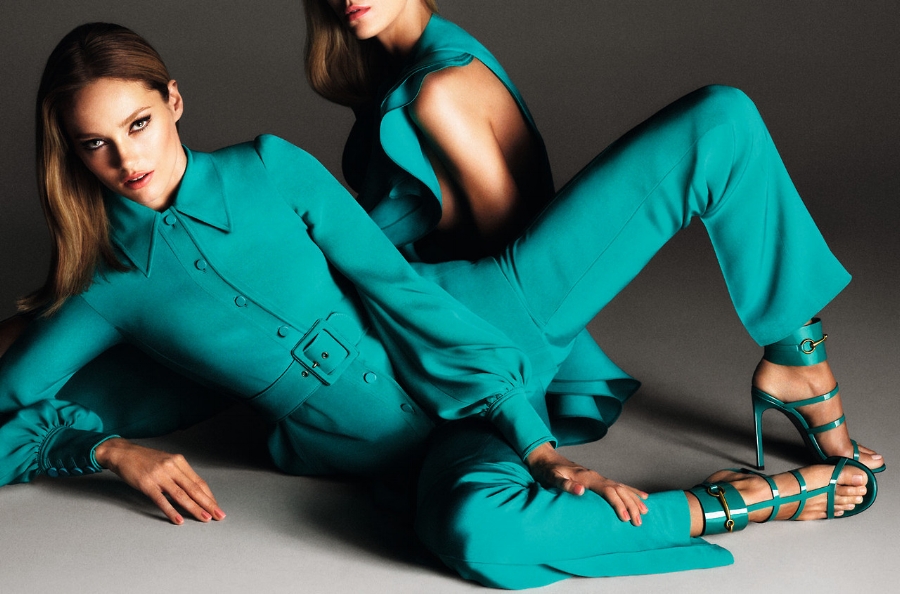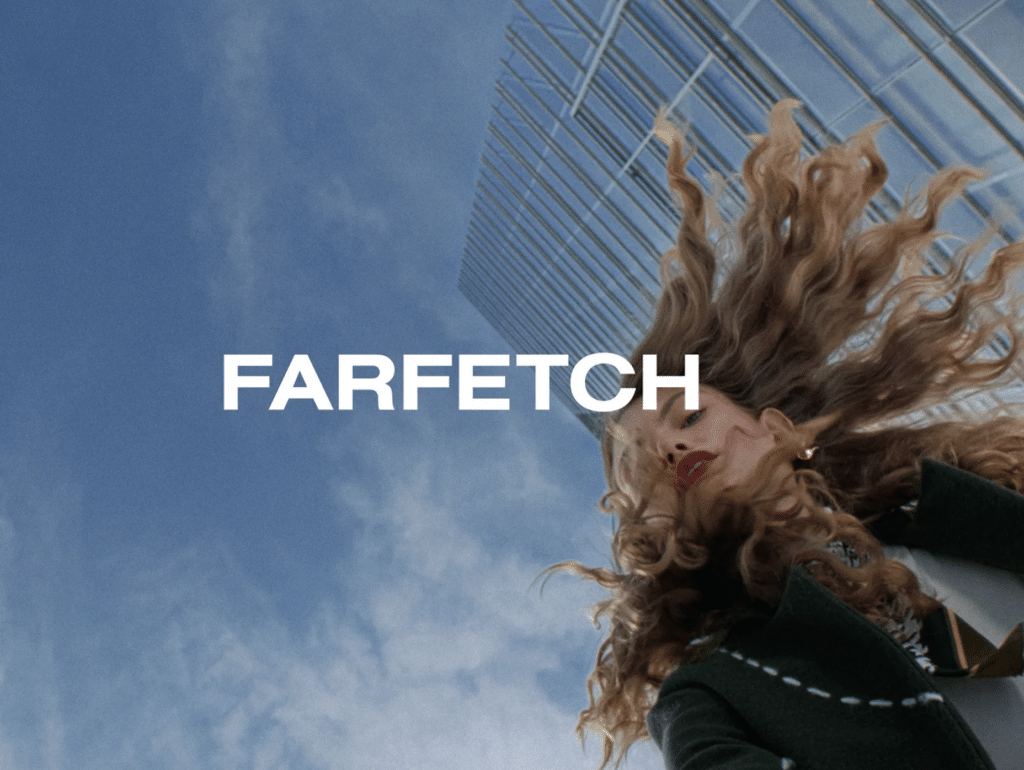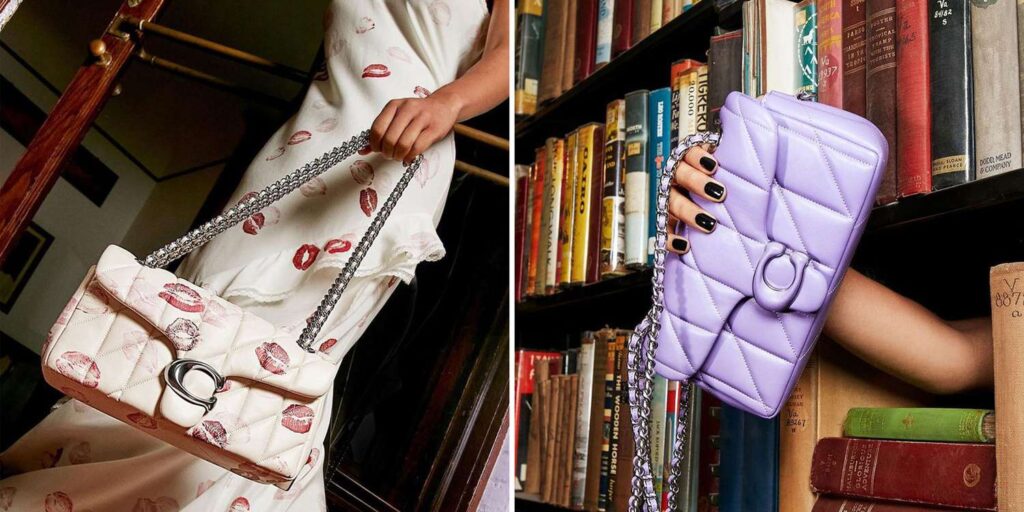PART I – Just hours before two planes hit the Twins Towers in New York on Monday, September 11, 2001 as part of a larger series of coordinated terrorist attacks by the Islamic terrorist group al-Qaeda, news broke that “one of the most bitter fights in corporate history” had come to a head. The revelation followed from a weekend agreement – signed late on Sunday evening in Paris – between two of France’s richest men: François Pinault and Bernard Arnault. At issue: Who would claim ownership and control over one of the most famous fashion brands in the world, Gucci?
To be exact, Pinault (father of current Kering chairman François-Henri Pinault) agreed in writing to pay rival scion Arnault, the chairman of LVMH Moët Hennessy Louis Vuitton, $806 million for 8.6 million Gucci shares. The deal followed from a vicious two-and-a-half-year war.
While Pinault and Arnault were able to agree on an owner for Gucci on that Sunday evening in Paris, it was hardly the end of what has been deemed the most momentous battle to ever take place between the two conglomerate-builders and their iron-clad inner circles.
Quietly Amassing a Stake in Gucci
In 1998, despite extensive fashion (and non-fashion) acquisition efforts by LVMH and Pinault-Printemps-Redoute (“PPR”), neither conglomerate boasted any publicly-known ownership stake in Gucci.
PPR (which, since 2013, has been known as Kering) would not make its first move to acquire shares in Gucci until March 1999. However, the parties’ battle for the brand that Guccio Gucci built – which the New York Post has described as “the bloodiest fight in fashion” – would first rear its ugly head for the world to see in early 1999.
It was January 5th, and Gucci’s then-CEO Domenico De Sole was en route from New York to London when he received a phone call. Yves Carcelle, a longtime friend but more importantly, a Louis Vuitton director, was on the line. He was calling to inform De Sole that LVMH had acquired a 5 percent stake in Gucci. “He wanted De Sole to understand that the investment was purely ‘passive,’ that Arnault’s intent was nothing but ‘friendly.’ Maybe, Carcelle suggested, the two companies could find ways to work together,” according to Vanity Fair.
De Sole hung up the phone. The 55-year old notoriously shrewd business mind and Harvard-trained lawyer was stunned.
The next day, on January 6, 1999, the news that Carcelle had shared with De Sole was revealed to the public: LVMH had quietly acquired a 5 percent stake in Gucci by way of the open market.
Gucci’s board members came together almost immediately. This would proceed one of two ways, they decided: LVMH would make an outright play to purchase Gucci in its entirety, or it would slowly – and quietly – continue to build up its ownership stake until it could enact a complete takeover.
Gucci, and the world, would come to learn that the latter would be LVMH’s move of choice, but they would not have to wait long to find out.
“Events developed quickly,” WWD wrote at the time. Within a matter of a few days, Arnault unabashedly escalated his acquisition efforts, buying out the 9.5 percent stake in Gucci that Prada chairman Patrizio Bertelli had previously acquired. Bertelli – who was busy building a luxury fashion empire of his own at the time, taking control of fashion companies Helmut Lang and Jil Sander and shoemaker Church & Co. – had acquired a 9.5 stake in Gucci some years prior for an estimated $260 million.
In January 1999, he sold his entire stake to Arnault for $398 million. If reports are true, there was more to that deal than a $140 million profit for Bertelli. According to Forbes, “Arnault may also have promised Bertelli marketing and production collaboration between LVMH and Prada; neither executive [was willing to] comment.”
Either way, with Bertelli’s stake in hand, LVMH became Gucci’s largest single shareholder, and Arnault did not stop there. By mid-January, LVMH revealed that it had upped its stake in Gucci yet to 26.7 percent. Arnault had been busy buying shares from various sources, including Chicago-based Harris Associates’ Oakmark Select Fund.
The news of LVMH’s initial ownership and Arnault’s continued efforts to buy any – and every buy-able share in Gucci – came as a shock to both industry insiders and those within the ranks of Gucci. Among those taken aback by Arnault’s quietly cunning efforts? De Sole, who would soon come to learn that a 26.7 percent ownership stake was only just the beginning.
Arnault, then aged 50, was not content to merely hold the title of one of Gucci’s largest shareholders; a natural businessman, known for his “American style of aggressive corporate raiding and ruthless decision-making,” the LVMH chairman wanted more. So, he saw that a meeting with De Sole was arranged.
It took several days for both sides’ teams to agree to a viable date and an appropriate location for the meeting. The men ultimately met at Morgan Stanley’s offices in Paris. That was De Sole’s venue of choice; Arnault, on the other hand, had proposed a dinner.
In that meeting, which lasted just over an hour, Arnault, at times reportedly reading from a typed-up document, “lavished praise on Gucci’s management,” according to Vanity Fair. “It would be ‘a disaster’ if De Sole and [Gucci’s mega-star creative director Tom] Ford resigned,” according to Arnault, who “insisted that the last thing he wanted was ‘to go to war’ with Gucci.”
Arnault then proposed that he be allotted three seats on Gucci’s board, given his significant ownership stake.
De Sole, who had also been heavily prepped for the meeting, reacted firmly to his opponent’s proposition and niceties: three seats on the board was out of the question. As a rival, he argued, no one from LVMH would be given a place on Gucci’s board.
The meeting ended without compromise. Instead, De Sole made Arnault a counter-offer a few days later on January 27, 1999, one day after another bout of unforeseen news for Gucci: Arnault had increased LVMH’s stake in Gucci again. The result saw LVMH with a whopping 34.4 percent ownership stake in Gucci.
That number was significant. A 34.4 percent stake was a calculated power move that demonstrated that Arnault was well-aware that Gucci’s star creative director Tom Ford’s contract included language enabling him to resign without breaching his lucrative deal with the brand if any individual shareholder amassed a 35 percent ownership stake. LVMH was inching dangerously close.
Ford – with the of De Sole – had managed in just a few short years to take Gucci from its position as a brand on the brink of bankruptcy to one of the most in-demand fashion houses in the world. At the time, Gucci was nothing without Tom Ford, and Arnault knew this.
“I was furious!,” Ford told Vanity Fair in 2014, reflecting on LVMH’s too-close-for-comfort 34.4 percent stake.
On January 27, the day after he got wind of LVMH’s latest stake, De Sole met with Arnault and made his counter-offer. The Gucci CEO proposed that LVMH be given two – not three – seats on Gucci’s board. In return, however, LVMH would be required to reduce its 34.4 percent stake to 20 percent. LVMH would also have to guarantee that Gucci would be able to operate independently of LVMH, and LVMH would be required to ensure that De Sole and Ford – and De Sole and Ford, alone – would remain in control of the brand.
De Sole and Arnault parted ways, again, without resolution.
A few days later, in early February, Arnault rejected De Sole’s offer, and wasted little time in going straight to Gucci’s board to demand a special meeting of the company’s most prominent shareholders. Uninterested in negotiating any further, the Frenchman would nominate a ninth member to the company’s existing eight-member board, someone to represent the interests of LVMH. This was well within his rights.
Yes, as noted by the New York Times, it was in line with Gucci’s bylaws that “anyone with a stake of 10 percent or more can ask for a special meeting and that the meeting must be held within six weeks.” LVMH had a 34.4 percent stake, and so, Arnault’s camp was entitled to much more than an honorary title in the company. It was entitled to voting rights.
That special meeting of the Gucci board never happened, as just four days later, De Sole made Arnault an offer: Buy the entire company for $85 per share. Arnault did not take the bait. He did, however, agree to read – and consider entering into – an acquisition standstill (an agreement to halt plans to further increase LVMH’s ownership of Gucci) in exchange for a number of seats on Gucci’s board.
For De Sole, Arnault’s willingness to entertain the deal was a surprise and a pleasant one. It was a show of civility between the two men, perhaps. More generally, it was a promising indication for the future of the parties’ negotiations, particularly since a standstill was imperative in De Sole’s view. Unbeknownst to anyone, he was actively harboring suspicions that Arnault had come to secretly possess some undeclared three million shares of Gucci stock over the previous year.
With that in mind, he certainly was not comforted by Arnault’s adamant assertions that LVMH was merely building a “passive stake” in Gucci and not fashioning a creeping takeover designed to enable the conglomerate to stealthily gain control of the Italian fashion brand without its knowledge or approval.
Within just a few short hours, De Sole saw that a standstill agreement was drafted and sent to Arnault’s “right hand,” Pierre Godé. In exchange for multiple seats on Gucci’s board, LVMH had two days to read, sign, and return the agreement. The due date was February 17. There would be no exceptions, and no such offer would be extended to Arnault again. He had one shot and this was it.
At precisely 5:01 pm on the 17th, the agreement was faxed back to De Sole’s office in Milan. It was unsigned.
Arnault had changed his mind.
You can find Part II of the Battle for the Gucci Group here.
* Deal Dossier is a multi-part series that documents some of the most significant fashion acquisition developments of the past and present.











